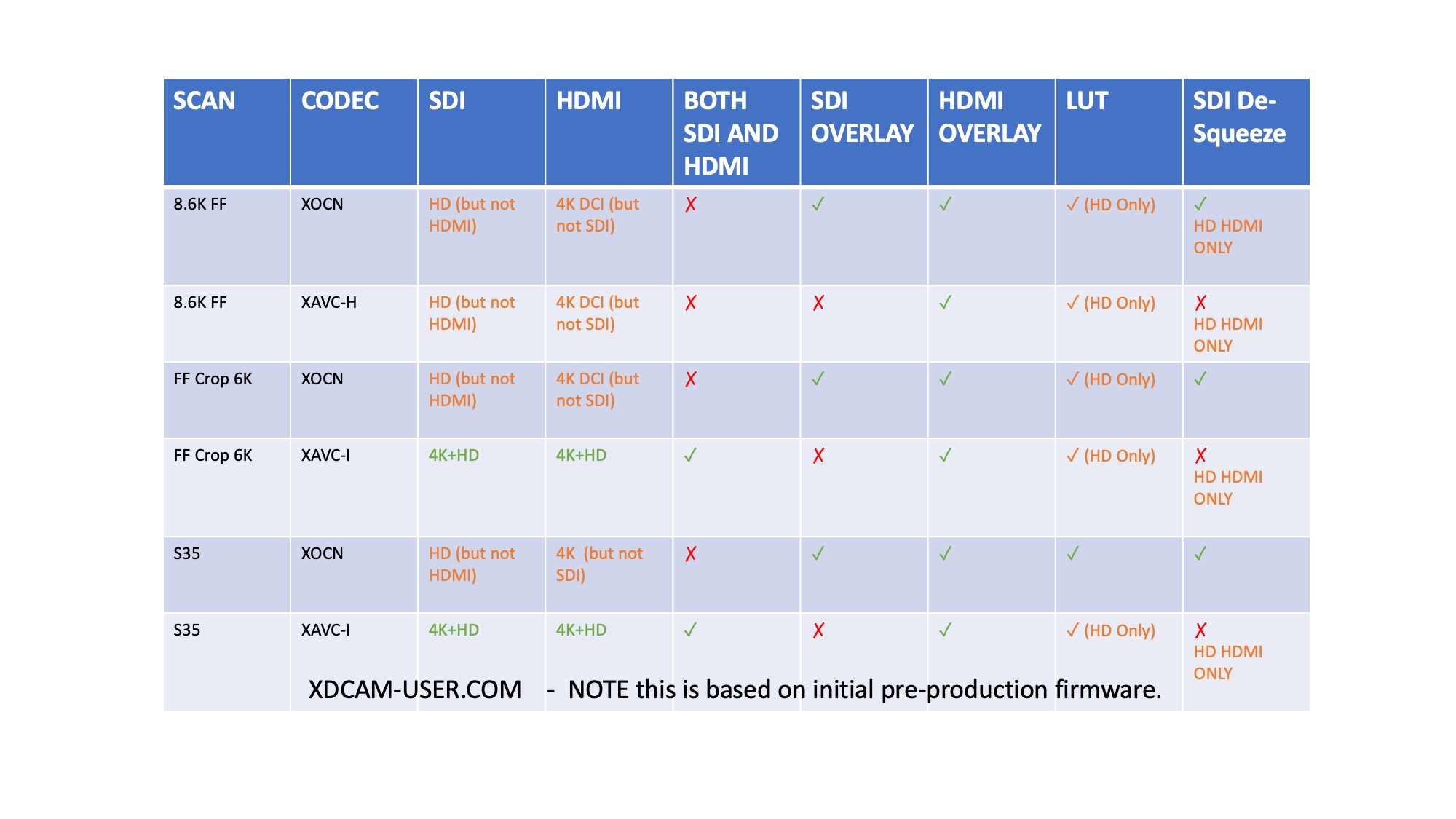I would say this announcement is going to tank the prices for the F5/F55 camera bodies, but... I am not sure if they can go any lower!
But this is very much aimed at the F5/F55 owner.
It won't have any effect. Prices bottomed already, near zero. The F55 remains useful with great 4K image. If you are not broke why care what the second hand market thinks?

